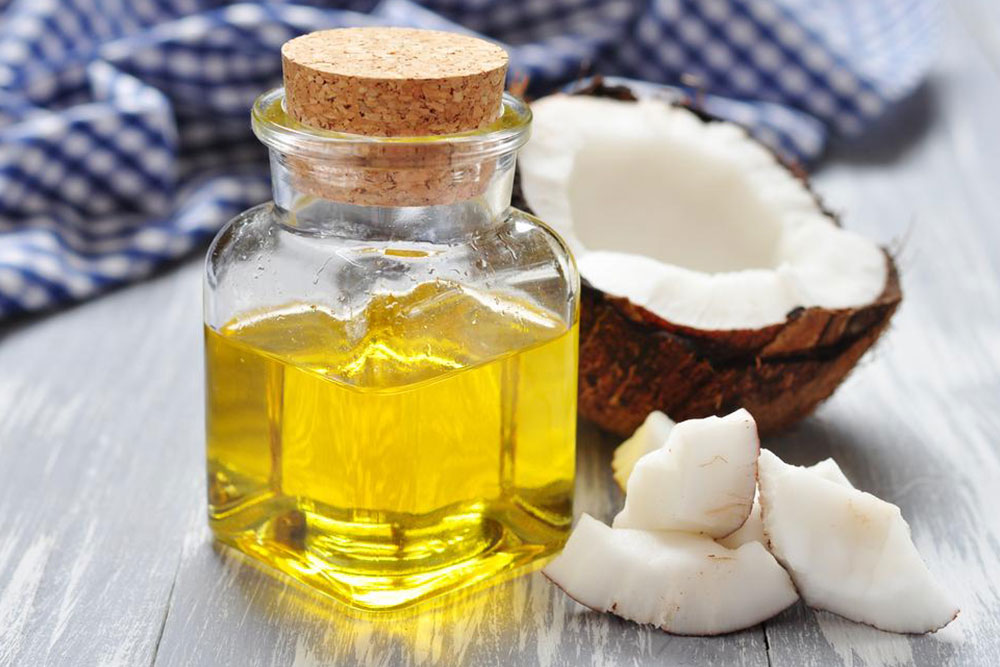Comprehensive Guide to Effective Strategies for Reducing Abdominal Fat and Improving Overall Health
This comprehensive guide offers effective strategies for reducing abdominal fat, emphasizing the importance of regular exercise, balanced diet, quality sleep, and stress management. Incorporate strength training, limit sugar intake, consume high-protein foods, and adopt a healthy lifestyle for sustainable results. Achieving a healthier waistline not only improves appearance but also significantly reduces risks of chronic diseases. Learn practical tips and expert advice to help you shed belly fat, enhance metabolic health, and maintain long-term fitness. Your journey to a slimmer, healthier abdomen starts here.

Understanding and Successfully Managing Abdominal Fat
Abdominal fat, often referred to as belly fat, is a common concern for many individuals seeking to enhance their health and appearance. It is located beneath the diaphragm and surrounds vital organs. The deeper layer, known as visceral fat, plays a dual role: in moderate amounts, it provides cushioning and protection for organs, but excess visceral fat poses serious health risks. Accumulating too much visceral fat increases the likelihood of developing heart disease, insulin resistance, type 2 diabetes, and other metabolic syndromes. Therefore, understanding how to effectively target and reduce belly fat is essential for overall well-being.
Women are advised to keep their waist measurements below 35 inches, while men should aim for less than 40 inches to minimize health risks. Achieving these goals requires a combination of lifestyle modifications, including regular physical activity, dietary adjustments, stress management, and adequate sleep. This comprehensive guide presents proven strategies to help you shed abdominal fat, improve metabolic health, and maintain a balanced lifestyle for lasting results.
Engage in Consistent and Diverse Physical Activities: Regular exercise remains one of the most effective methods for reducing belly fat. Incorporating both aerobic and anaerobic exercises enhances calorie expenditure and accelerates fat burning. Aerobic activities such as brisk walking, jogging, cycling, swimming, and dancing help burn calories directly and improve cardiovascular health. Aim for at least 150 minutes of moderate-intensity aerobic exercise weekly, such as 30 minutes five days a week. For faster results, include high-intensity interval training (HIIT), which involves alternating periods of intense activity with recovery periods, to maximize fat loss in a shorter time frame.
Strength Training for Increased Metabolic Rate: Building muscle mass through strength training boosts your resting metabolic rate, enabling your body to burn more calories even when inactive. Incorporate resistance exercises like weight lifting, bodyweight exercises, or resistance band workouts at least two to three times weekly. Focus on compound movements such as squats, deadlifts, and push-ups that engage multiple muscle groups. Complementing cardio with strength training offers a comprehensive approach to reducing visceral fat and refining body composition.
Limit Intake of Unhealthy Foods and Sugary Drinks: Your dietary choices significantly influence belly fat accumulation. Reducing or eliminating alcohol consumption is crucial, as alcohol adds empty calories and promotes fat storage, especially around the abdomen. Similarly, high-sugar beverages like sodas, fruit juices with added sugars, and energy drinks contribute to liver fat accumulation and increase visceral fat. Opt for water, herbal teas, or unsweetened beverages instead. Additionally, avoid processed snacks rich in trans fats, high-fat dairy products, and foods with added sugars, all of which foster an environment conducive to fat buildup.
Increase Daily Protein Consumption: Adequate protein intake plays a vital role in weight management and fat reduction. Consuming sufficient protein reduces feelings of hunger and helps prevent overeating by promoting satiety. It also increases thermogenesis—the process of burning calories during digestion—by about 20-30%, contributing to a higher daily calorie expenditure. Aim for protein to constitute approximately 25-30% of your daily calories, sourcing from foods like eggs, fish, lean meats, dairy, nuts, seeds, legumes, and whole grains. This strategy not only aids in fat loss but also supports muscle maintenance and overall metabolic health.
Adopt a Low-Carbohydrate, High-Protein Diet: Reducing carbohydrate intake, especially refined carbs such as white bread, pastries, and white pasta, can expedite belly fat loss. Lower carb diets help decrease water retention and stimulate fat utilization, particularly in the abdominal area. When combined with adequate protein, these diets enhance satiety, decrease cravings, and promote weight loss. Focus on consuming complex carbs like vegetables, whole grains, and legumes, which provide essential nutrients and fiber. This dietary approach supports liver health, reduces visceral fat, and improves metabolic markers.
Incorporate Fiber-Rich Foods into Your Diet: Soluble fiber, found in foods such as oats, beans, lentils, fruits, and vegetables, is highly effective for weight management. It forms a gel-like substance in the digestive system, slowing digestion and nutrient absorption. This process promotes feelings of fullness, reducing overall calorie intake and aiding in fat reduction, especially around the midsection. Consuming a fiber-rich diet supports gut health, stabilizes blood sugar levels, and complements your efforts to decrease visceral fat.
Prioritize Adequate and Quality Sleep: Sleep is an often-overlooked factor in effective weight loss. Aim for seven to nine hours of restful sleep per night, as proper rest regulates hormones related to hunger and satiety, such as leptin and ghrelin. During deep sleep stages, the body efficiently burns fat and repairs tissues, supporting metabolic health. Create a sleep-friendly environment by maintaining a cool, dark, and quiet bedroom, and avoid screens at least an hour before bedtime. Consistent sleep patterns enhance energy levels, reduce stress, and contribute to the overall success of your fat loss journey.
Manage Stress Effectively: Chronic stress triggers the production of cortisol, a hormone linked to increased abdominal fat storage. Elevated cortisol levels not only promote fat accumulation but also increase cravings for unhealthy comfort foods. Incorporate stress reduction techniques into your routine, such as mindfulness meditation, yoga, deep breathing exercises, or journaling. Regular physical activity itself can also help mitigate stress effects. By controlling stress, you can reduce cortisol-related fat deposits and support your overall health and weight-loss objectives.
Combining these strategies—consistent exercise, balanced diet, sufficient sleep, and stress management—offers a comprehensive approach to reducing abdominal fat. Emphasizing protein intake, limiting refined sugars and trans fats, and maintaining a healthy lifestyle are key to achieving lasting results. Remember, patience and consistency are crucial; sustainable changes will lead to significant health benefits, improved body composition, and increased confidence over time.





